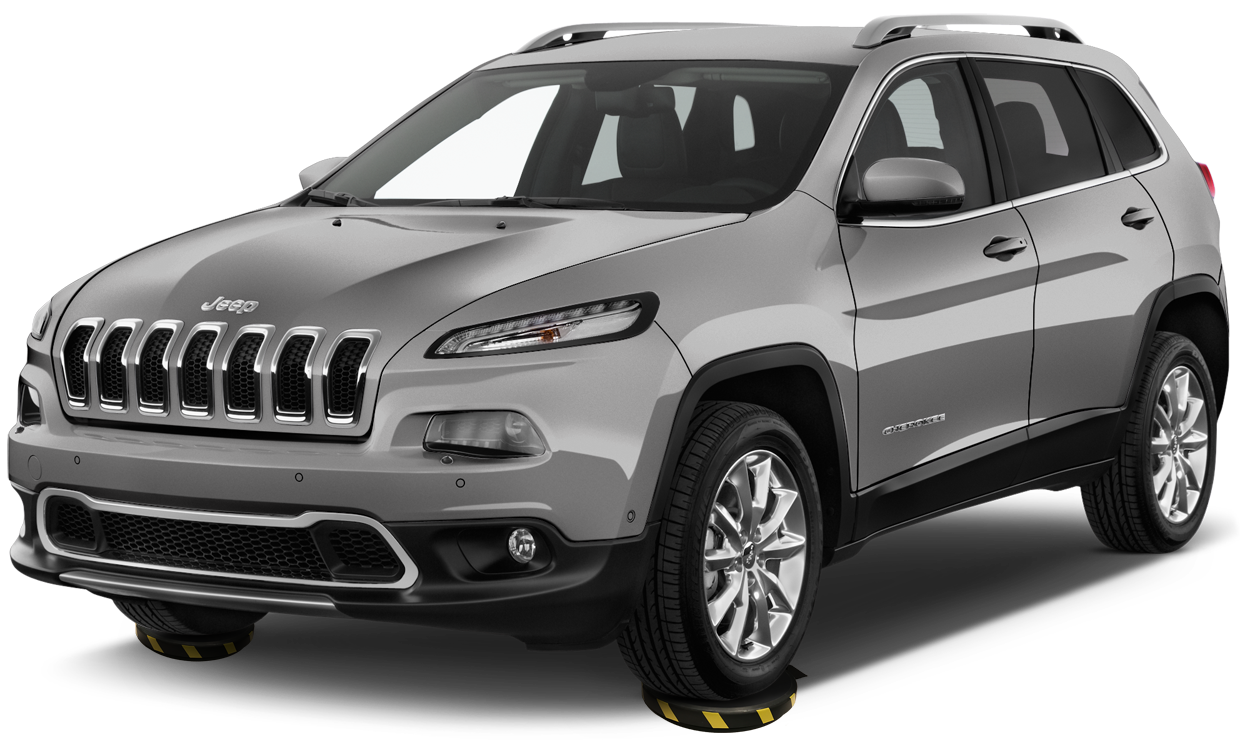We set-up a driving simulator in front of the school or in a gym or in a service garage.

It is a good idea to set up a monitor near the car so others can see what is going on during the drive.
For a good texting-while-driving demonstration allow about 3-4 minutes per driver. This means you can have 15-20 hands-on drivers per hour. Other students will stand around the simulator car, watch the drive on the monitor. Observing their classmate drive promotes lively interaction among the spectators.
A best practice is to have one class of about 30 students at a time with half of them driving hands-on and the rest observing the drivers. In our experience more than 2 classes at a time (greater than 60 students) creates too many distractions from the purpose of the demonstration. If higher volume of students needs to be serviced, call us and we can bring more than one simulator to your event. We have run events with as many as 4 simulators running concurrently.
Before the event starts we ask the organizers to find pairs of school buddies who have each other's numbers. While one student prepared for a hands-on drive in the car, the buddy stands outside ready to text.
The student drives for a couple of minutes without distractions, so they get familiar with driving the simulated car and avoiding dangerous situations that come their way.
Once the student drives reasonably well we signal their buddy to start texting. In most cases, you will see an immediate deterioration in driving skills when the driver reaches for their phone. They will veer into the opposite traffic lane, miss a stop light or have trouble controlling speed. Every mistake is announced and discussed. After a number of those mistakes or after a crash we stop the simulation and ask the student to exit the car with a message “Don’t text while driving”.
Tips:
For Downloads server log-in, please contact Technical Support.
To Contact Technical Support:
e-mail: support@drivesquare.com or call: 617-762-4013 x.3